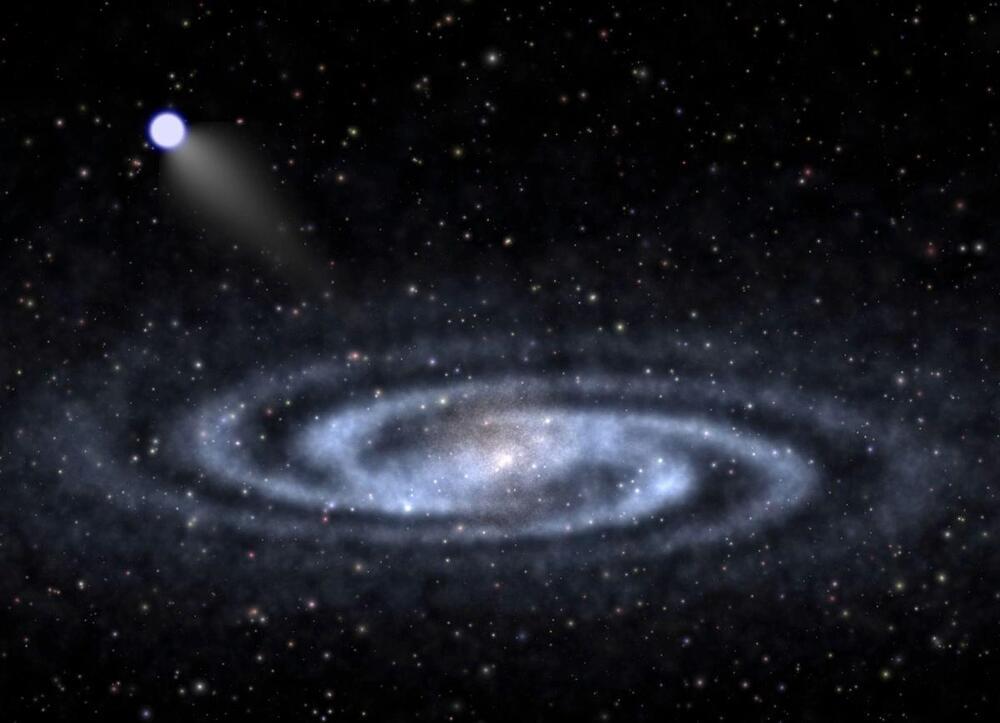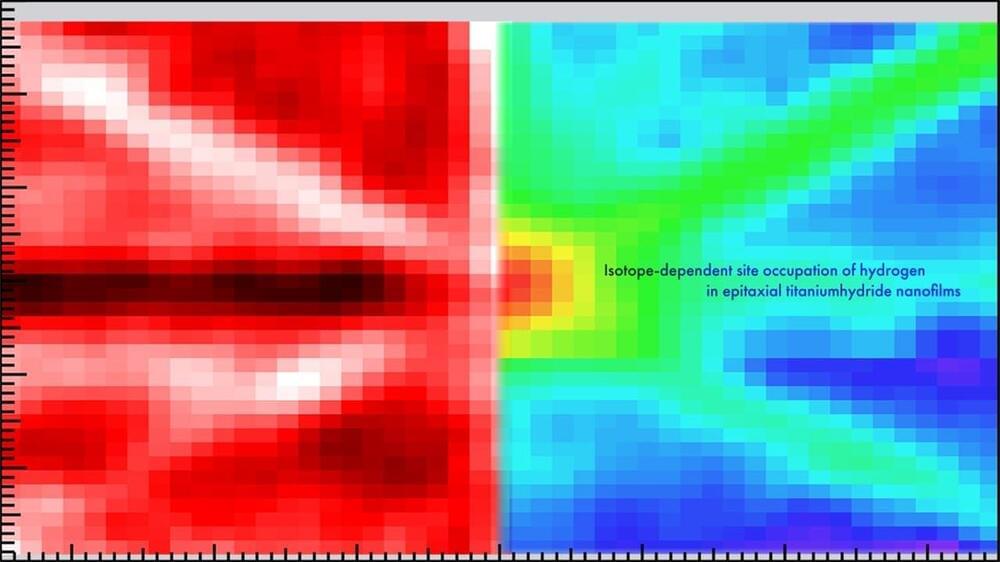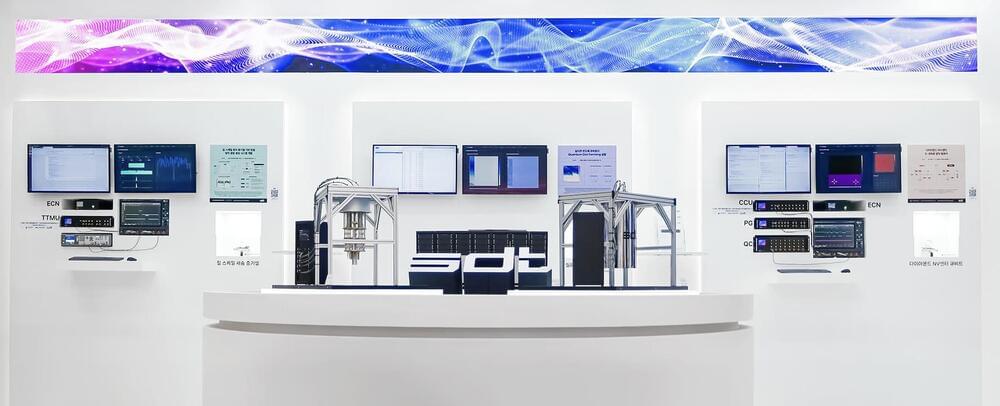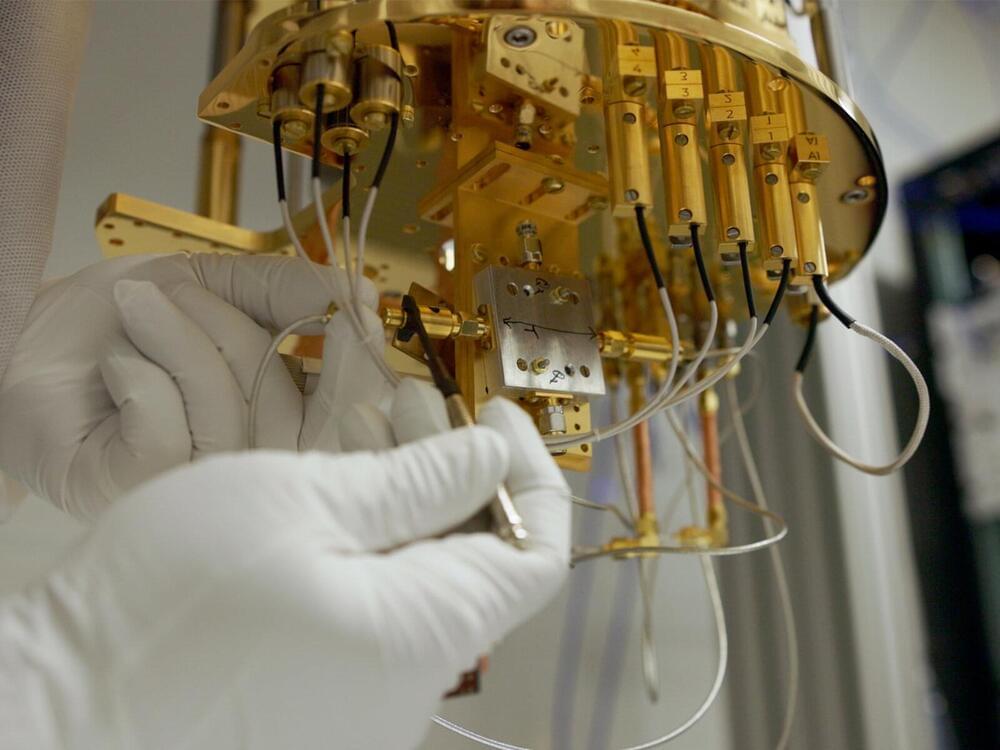Nov 19, 2024
Making Life Multi-Planetary
Posted by Chris Smedley in categories: government, internet, satellites
SpaceX was founded to increase access to space and help make life multiplanetary.
In just this year, we’ve launched 114 successful Falcon missions and counting for our commercial and government customers, deployed ~1,700 @Starlink satellites to provide high-speed internet for millions of people all around the world, and made extraordinary strides developing Starship’s capability to return humanity to the Moon and ultimately send people to Mars.

















